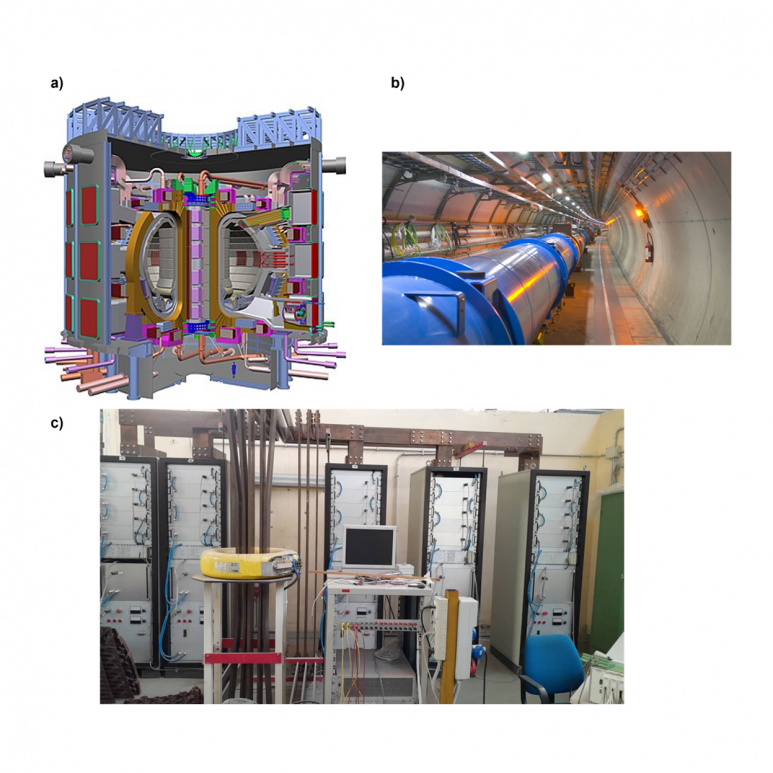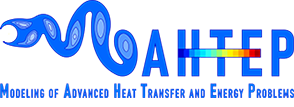Superconducting technologies
Fusion nuclear power constitutes a milestone in the history of energy production giving clean, safe and reliable energy, a key point in the fight against climate change according to the well-established philosophy of decarbonization of energy sources.
Within the strategies adopted to limit greenhouse gas emission, electrification is among the most popular and pursued ones. One of its main issues is that the infrastructure used to transport electric current is not adequately sized to cope with the growing demand for electricity in modern cities.
Particle accelerators are sophisticated experimental facilities that, exploiting magnetic fields, can accelerate charged particles in order to study their properties and answer some of the fundamental questions in the field of physics, allowing us to extend our knowledge of the universe in which we live.
What do nuclear fusion, power transport, and particle accelerators have in common?
These and other technologies are united by the possibility to take advantage of superconductivity, a quantic phenomenon of matter that allows a conductor to carry very large currents with negligible Joule losses.
There are two main types of superconducting materials, namely the Low Temperature Superconductors (LTS) and High Temperature Superconductors (HTS). The former is currently used for the magnets of fusion reactors (tokamak) and particle accelerators, while the latter finds application in several fields like fusion, power transport and particle accelerators.
The Superconducting Technologies division of MAHTEP group is involved in the modeling of LTS and HTS cables designs from both thermal-hydraulic and electromagnetic point of view. The modeling competences regards 2D and 3D CFD and electromagnetic simulations with commercial software (i.e., STAR-CCM+ and COMSOL Multyphisics®), as well as the development of an open-source tool for one dimensional thermal-hydraulic and electromagnetic transients in a generic superconducting cable, the OpenSc2. Thermal-hydraulic and electromagnetic experimental campaigns on HTS cables are performed in collaboration with ENEA research center

Figure 1. Examples of technologies studied in the Superconducting Technologies group: a) rendering of ITER fusion reactor, b) Large Hadron Collider (LHC) particle accelerator, c) experimental set-up for thermal-hydraulic and electromagnetic tests on superconducting cables (courtesy of ENEA).

